
Sign up for The Wanderful newletter
Join our growing community of people looking to live the simple life!
Let’s build your van now
Join our growing community of people looking to live the Simple Life




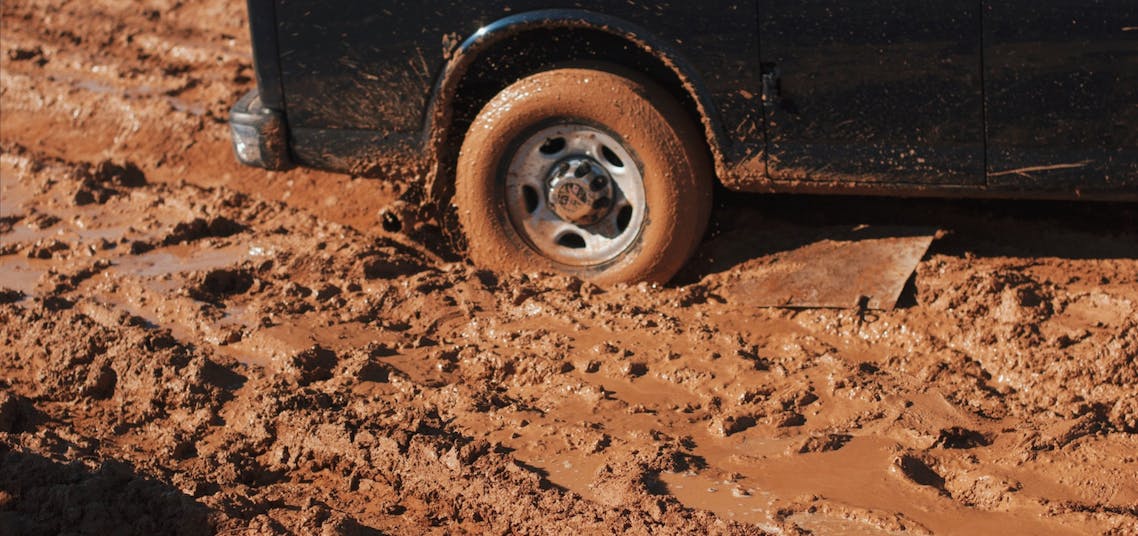)
The short answer is that it’s as safe as most other lifestyles as long as you’re prepared. But there are 2 types of safety to consider when it comes to Van Life; road safety, and personal security. In this article, we’re going to be talking about road safety.
Despite what Instagram may lead you to believe, the reality is that some of the most epic Vanlife adventures can lead you into some pretty sticky situations. Whether you’re traveling alone, as a pair, or in a group, you want to make sure you can look after your own tiny-home-on-wheels and are in a position to self-rescue, if need be.

Being equipped to get yourself out of situations like getting stuck or popping a tire will reduce a lot of stress and anxiety when it comes to living life on the road.
Recovery Gear is not an area you should be ‘skimping’ on and you should consider everything on this list as an essential item to pack for Vanlife, whether you plan on off-roading or not. Let’s jump in.
When it comes to recovery gear, my shovel has been one of my most-used items and is worthy of the number one spot on this list. As someone who travels in both Summer and Winter climates, I can assure you that my shovel has helped me out of both sandy and snowy situations.
In terms of brands, DMOS makes amazing collapsable shovels, which is great for small spaces like a Van.
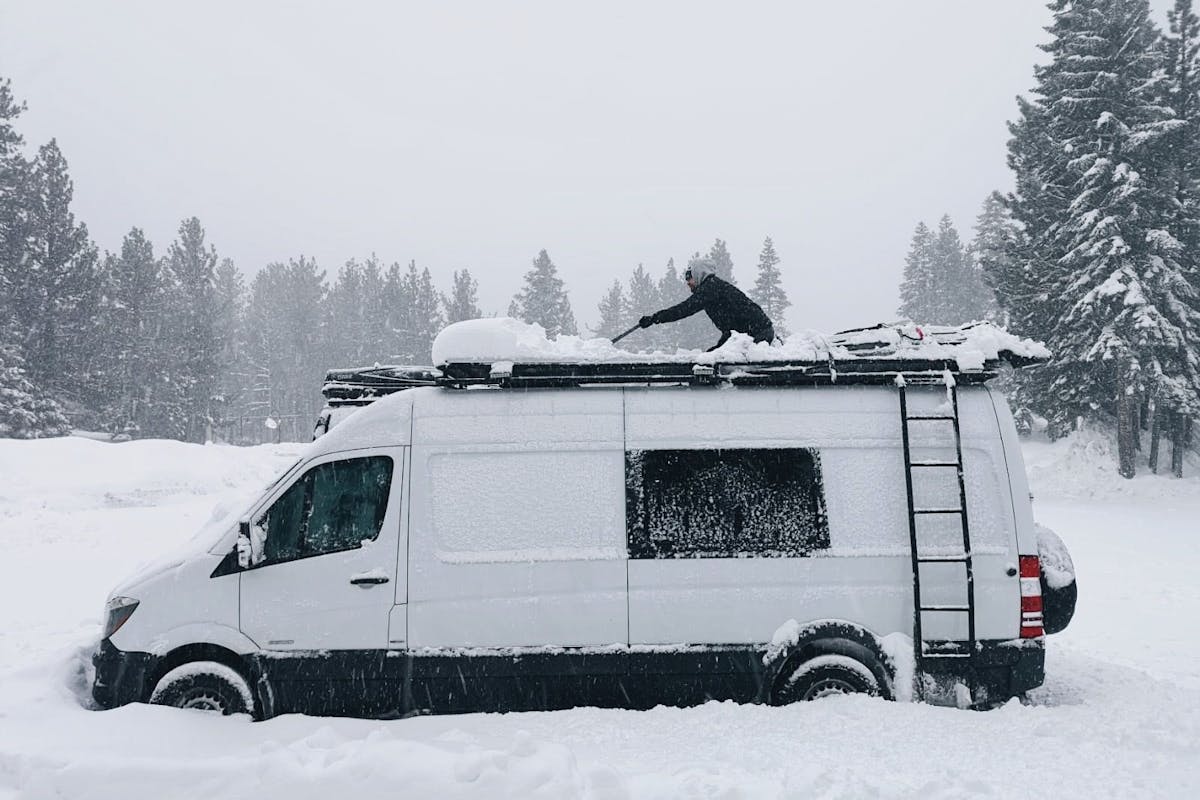
Recovery boards are designed to help stranded or bogged vehicles safely recover from sand, mud, snow, or slush.
While it’s much easier to manage with a second person, using recovery boards can be a one-person task, if need be.
Maxtrax is one of the most-used brands out there, and for good reason. While I’ve used other brands before, my Maxtrax have been the only set of recovery boards that haven’t cracked. They seem to be made with a more durable material than others on the market.
View this post on Instagram
Depending on your type of travel, you will likely find yourself in areas that have little to no cell service. In fact, many Vanlifers specifically seek areas where they can truly be off-grid and away from “the noise”.
While it’s important to learn how to self-rescue in most situations, sometimes if you’re really stuck or broken down in the “middle of nowhere” you will need to call for help.
That’s why it’s a good idea to carry some sort of SAT Communications device. The Garmin inReach Mini allows you to trigger an interactive SOS to their 24/7 search and rescue monitoring center (satellite subscription required). It also allows for two-way messaging and location sharing.
This device will really give you and your loved ones some peace-of-mind.
Personally, I have the Spot Mini Gen 3 but after traveling with people who have the Garmin inReach Mini, I would much prefer the Garmin.
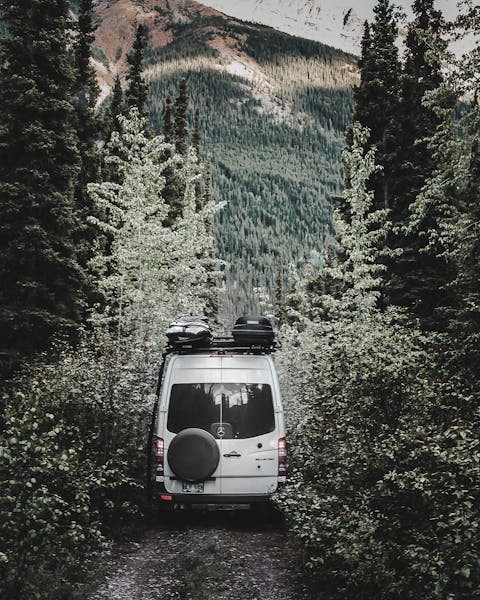
If your van is really stuck and you need a second person to help pull you out, it’s a good idea to have your own tow strap ready. You will be amazed at how much faster people will stop when you’ve done the work of setting up your tow straps ahead of time. All they need to do is stop and pull you out.
When shopping for your straps, there are a couple of key things to keep in mind.
Depending on where and when you travel to certain areas, tire chains may be a mandatory requirement for your van.
Before hitting the road, you’ll want to test out your tire chains and make sure they fit properly and also to make sure you know how they work. There’s nothing worse than sitting on the side of the road in a snowstorm while trying to figure out how to install your tire chains for the first time.
It’s always a good idea to keep a pulse of your tire pressure. At a minimum, you should be checking your tire pressure at least once a month or before a long road trip.
It’s best to check your tire pressure in the morning before driving anywhere as tire pressure ratings are designed for cold tires.
While digital pressure gauges are often more accurate readings, you run the risk of failing batteries when you need it most.
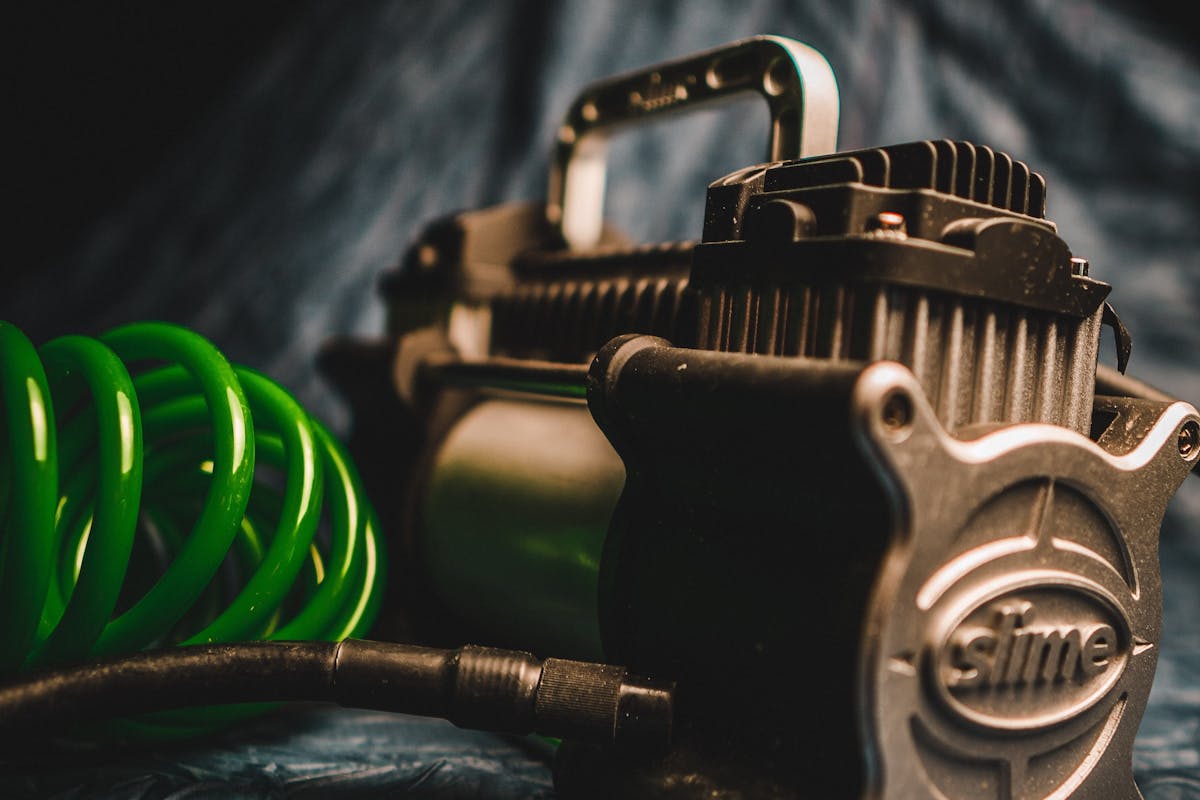
While it’s normal to air down your tires for certain types of overland driving, having underinflated tires on the highway is extremely dangerous and will often lead to blowouts. 12V Air Compressors are important to have on board in case of low tire pressure. Try not to rely on having a gas station nearby at all times.
The other thing to keep in mind is that having under or overinflated tires when driving on the highway at cruising speeds can cause your tires to have irregular wear patterns, which would greatly reduce the lifespan of the tire.
The great thing about 12V Air Compressors is that you can use your vehicle’s electrical system to reinflate your tires.
When shopping for your air compressor, consider getting one with various end attachments so you can use it to pump up mountain bike tires, standup paddleboards, and anything else you can think of.
Getting off the beaten path often requires deflating your tires (also known as “airing down”). Airing down is the best way to increase traction, whether you’re in sand, snow, rocks, or mud.
It’s important that you only air down your tires if you have the means to re-inflate them (ie. #7 on this list).
The ARB E-Z tire deflator is a very affordable solution and takes 10 minutes or less to deflate all four tires.
Having a jack in your van is crucial for any repairs underneath the vehicle or something as simple as changing a tire. It’s also a great way to lift your van out of a hole, allowing you to fill the hole and place your Maxtrax.
The right jack for your van really depends on the weight of your vehicle so I won’t be talking about any 1 specific jack.
There are a couple of options to consider, the first being the Hi-Lift Jack. This jack is great because of the height that it provides but can be very dangerous if you don’t know how to use it since it can kick out of place fairly easily. This jack is very versatile and can even be used as a winch if you know what you’re doing.
For people that aren’t comfortable using a Hi-Lift Jack, I would suggest using a heavy-duty bottle jack like the ones from Safe Jacks.
Frankly, flat tires are a natural part of Vanlife and something you should expect to happen at some point or another. When this happens, a good tire repair kit is a great alternative to swapping the deflated tire with your spare tire.
In my Vanlife journey, I’ve had to use my tire patch kit twice. Funnily enough, neither time was on my own vehicle. At the end of the day, if one person in a group is stuck or broken down, it’s the same as the entire group being stuck so being prepared to help someone else out is also key.
Adding a winch to your van can cost hundreds to thousands of dollars depending on brand and pulling capacity. While they are simply not a feasible purchase for a lot of people, it’s a worthy mention because they can really get you out of some tough jams. That is, as long as you can find something strong enough to attach the winch to, like a tree.
In terms of choosing the best winch for your van, it will depend on your vans’ gross vehicle weight rating (GVRW). Warn, a leading winch brand, suggests that you need to multiply your GVRW by 1.5 to find the minimum pulling capacity.
While the 11 items mentioned above are at the top of my list, you can’t go wrong with adding these other worthy mentions to your van:
Recovery gear aside, here are some final tips when it comes to keeping your Vanlife journey a safe one:
And finally, if you see a fellow Vanlifer having some trouble, make sure to stop and give them a hand!
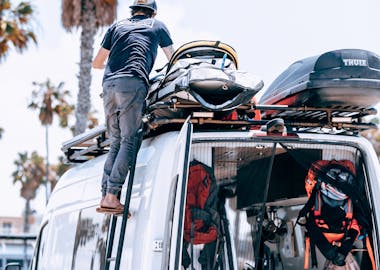)
Whether you want to incorporate all the comforts of home into the van, or you’re gearing up for some adventurous offroading, you may find yourself with a long wishlist of upgrades for your van.
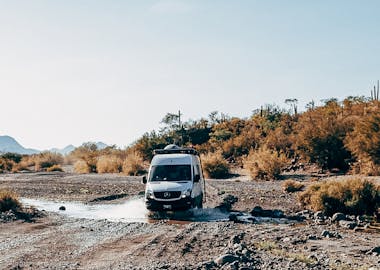)
If you’re anything like I was, you’ve probably asked yourself this question a million times while researching your upcoming van conversion project.
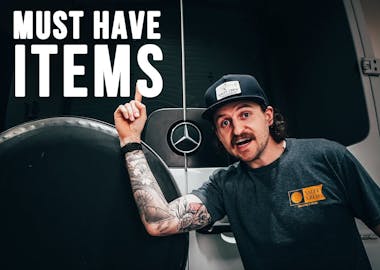)
Wondering what to pack for van life?